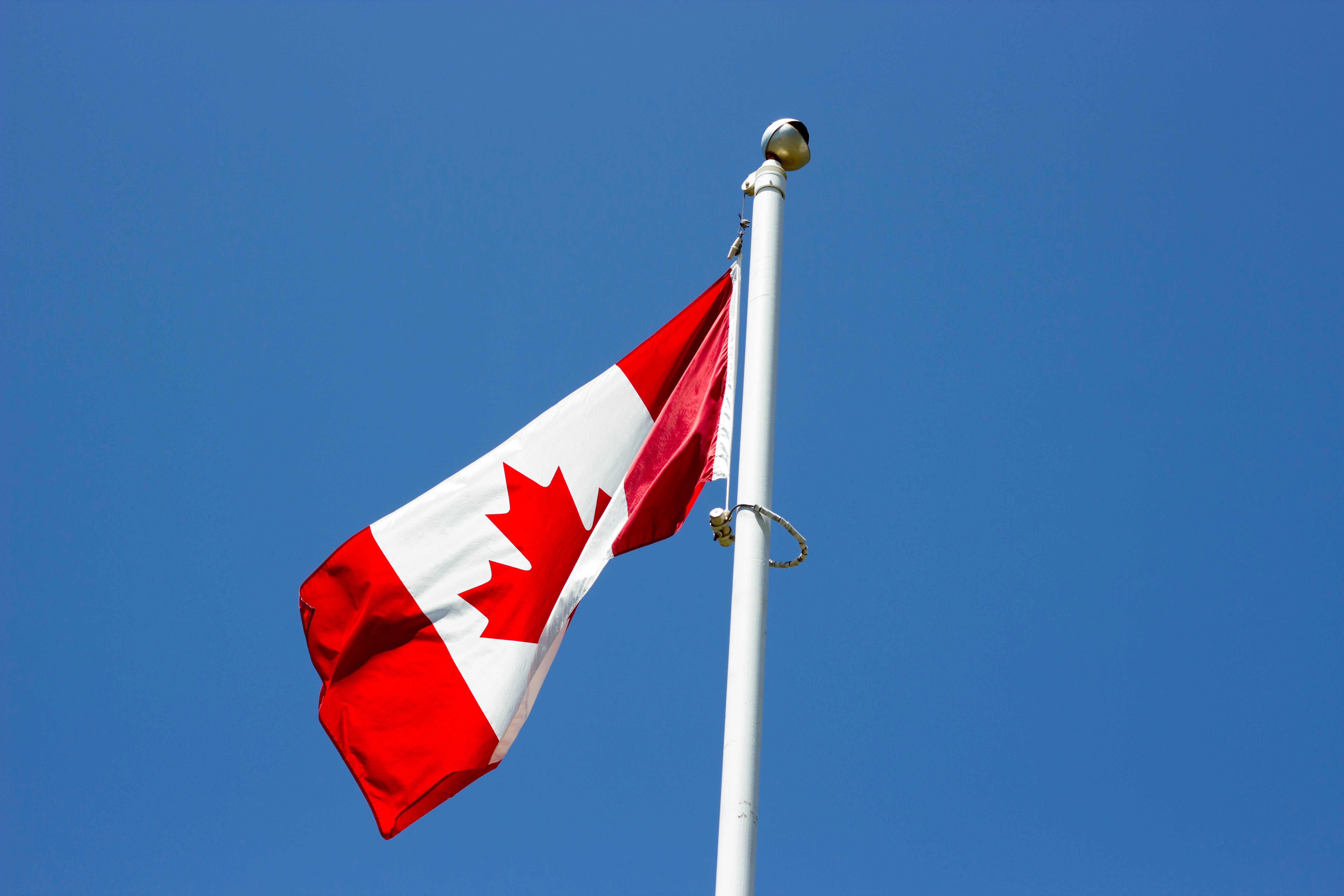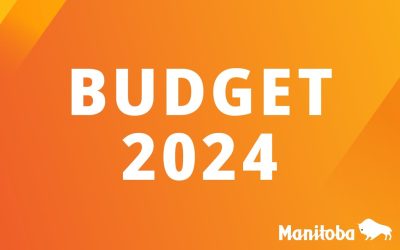In Government work is highly lucrative across Canada at both the federal and provincial levels. In all ten provinces, the average wage paid to public servants at both levels of government is substantially higher than the average wage earned by workers in the rest of the economy. This gap between the amount of money earned by the average public servant and the amount earned by the average participant in the workforce is sometimes referred to as the public servant “pay premium.”
Although public administration is a well-paid field throughout the country, there are significant differences from one province to another in terms of just how highly paid public servants1 are relative to other workers. In the province of Manitoba, public servant salaries are particularly high in relative terms. The chart below shows the size of the “pay premium” enjoyed by public servants in each province, as well as the Canadian average.
- Across Canada, the average provincial public servant earns wages that are 35% higher than those earned by the average worker in the economy.
- The public sector “pay premium” is much larger in some provinces than others. In Manitoba, the pay premium is 50%, compared to just 24% in Alberta.
- Because of this inflated pay premium, the average provincial public servant in Manitoba earns about $4,500 per year more than the average provincial public servant in neighbouring Saskatchewan.
Of course, taxpayers ultimately foot the bill for Manitoba’s unusually large pay premium. If Manitoba brought public servant salaries down to Saskatchewan’s levels, Manitoba would save $80 million each year, or about $250 for a typical family of four.
Data Source: Statistics Canada.
1 Throughout this Charticle, the term “public servant” refers specifically to public administration workers. These workers are defined by Statistics Canada as: Statistics Canada defines public administration as those: “primarily engaged in activities of a governmental nature, that is, the enactment and judicial interpretation of laws and their pursuant regulations, and the administration of programs based on them.”



